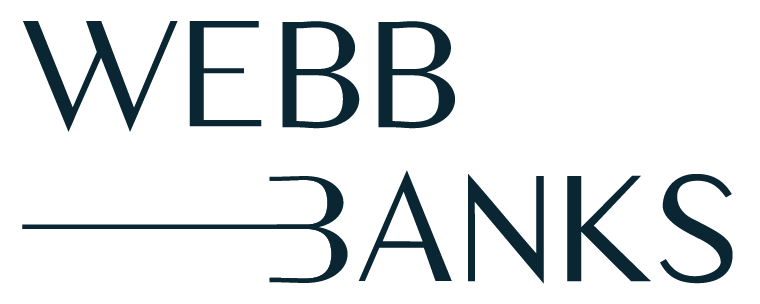Interview: Joe Wagner, CEO, Copper Cane Wines & Provisions
Fifth-generation vintner Joe Wagner founded Copper Cane Wines & Provisions after selling his highly successful Meiomi brand to Constellation for $315 million in 2015.
Copper Cane’s portfolio includes California wines like Belle Glos, Quilt, and Boën, as well as Elouan from Oregon. About 84,000 cases of Elouan’s flagship Pinot Noir ($22) were produced for the 2019 vintage, with the line also including Chardonnay and rosé ($20). Boën’s lead offering, Pinot Noir Santa Barbara-Sonoma-Monterey Counties 2019 ($25), was at 48,500 cases, while recent vintages of Quilt included 6,800 cases of Chardonnay Napa Valley 2020 ($35) and 34,000 cases of Cabernet Sauvignon Napa Valley 2018 ($55). Shanken News Daily senior editor Shane English recently spoke with Wagner about weathering the challenges of the last two years, pivoting to retail, and expanding in DTC, among other key initiatives.
SND: How has Copper Cane’s portfolio been performing overall lately?
Joe Wagner: We’ve always felt that our wines are great food wines and wanted them to be not just with our independent on-premise partners, but also national account on-premise. We had made great strides there. And of course the pandemic changed everything. We had to adjust and learn how to work in retail, both the independent and also the chain world. Fortunately, we had some great placements, so we just leaned in heavier on the retail side. Within a few months in 2020, we saw a great turnaround there. Overall we were really happy with how we grew through the pandemic. We were up 30% in 2021 over 2020, and were actually able to grow about 9% in 2020, which was a difficult year. It set us on a new trajectory. We expect double-digit growth every year, averaging 20%-25% over the last six years. We’ve been seeing our higher priced wines pull off the shelf better than even our $20 wines.
SND: Along with that pivot toward retail, have you expanded your DTC business?
Wagner: We opened a tasting room in late 2020 in downtown Napa. Although it was a difficult time to open a tasting room, it still has had its benefits. Our wines are distributed throughout the nation and beyond, so DTC creates something that’s more of a special offering that our club members can enjoy. We were up 226% in DTC sales from 2019 to 2021, with 2021 up 31% over 2020, and our membership up 13%.
SND: Can you give us an update on the Belle Glos and Quilt brands?
Wagner: Belle Glos has a great presence on-premise and by-the-glass, and that is really where those wines thrive. But we’re also seeing great things at retail. In Nielsen, we have three of the five top spots in what they call super luxury Pinot Noir, Belle Glos Clark & Telephone being number-one, and then Dairyman and Las Alturas being four and five, respectively (recent vintages of those wines have numbered approximately 7,000-10,600 cases each). People have adopted that price point (around $55) even when they’re choosing something to drink at home. We also introduced our first white wine under Belle Glos. It’s only DTC right now but we’re looking at bringing it to a broader audience next year. It’s from a vineyard we planted in the Santa Rita Hills called Glasir Holt. Quilt is the number-five Napa Valley Cab over $30. We see this as a huge opportunity to continue growing and we’ve expanded outside of what we call the classic Cabernet into a Reserve Cabernet along with a red blend that’s Petite Sirah-based, and a Chardonnay.
SND: How have Boën and Elouan progressed recently?
Wagner: Boën, the tri-county Pinot Noir and Chardonnay that we released, we put out just prior to the pandemic, so we had to change our strategy very quickly, but it’s been seeing great growth. Elouan’s currently the number-three ultra-premium Pinot Noir out of Oregon. There’s still a ton of opportunity with Oregon in general, not just Pinot Noir, but also the Chardonnays are just phenomenal.
SND: How is Copper Cane’s spirits range shaping up?
Wagner: We’ll be releasing in two domestic markets this coming July, Colorado and California. Then we’ll be picking out a few export markets as well. It will be a small portfolio to start: five different products over four brands. One brand will focus on rye and Bourbon, one brand will focus on apple brandy, one brand will focus on grape brandy, and then one brand will focus on single malts. We’ll be expanding from there. The price points from a retail standpoint will be $70 to $100 a bottle, and we’ll be building out a separate sales division.
Source: Shanken News Daily
